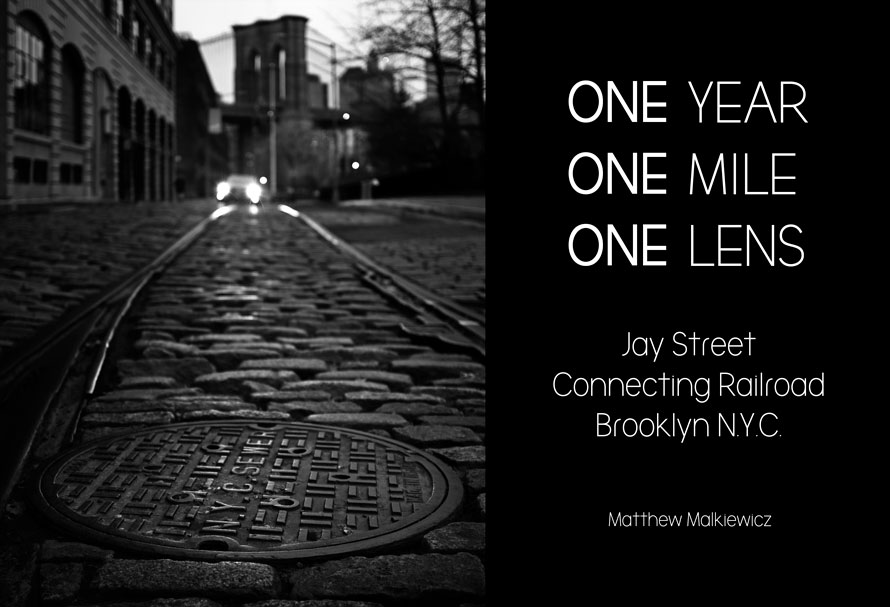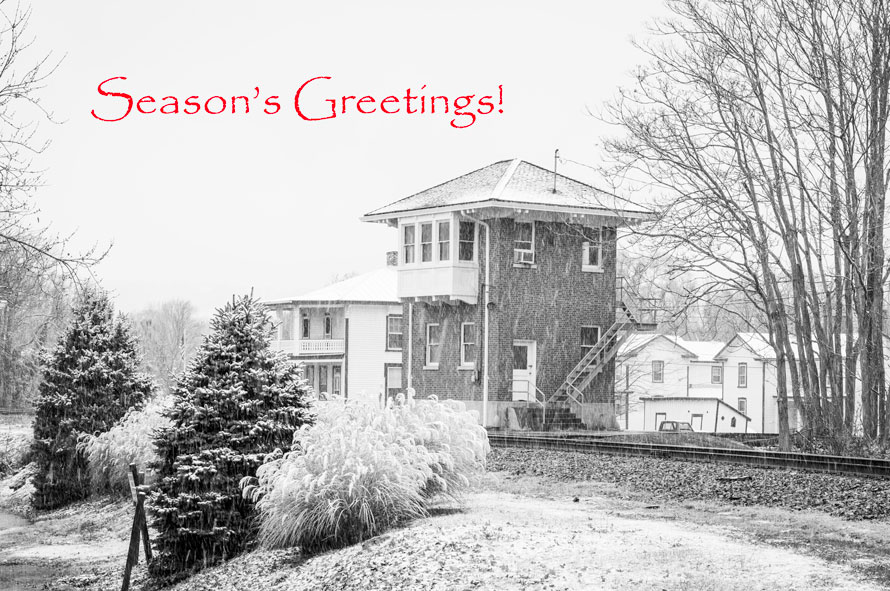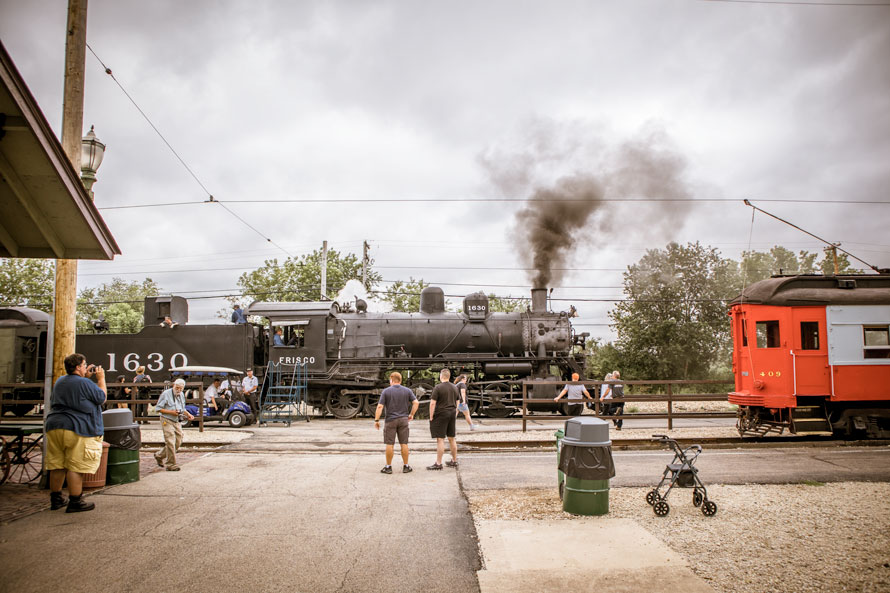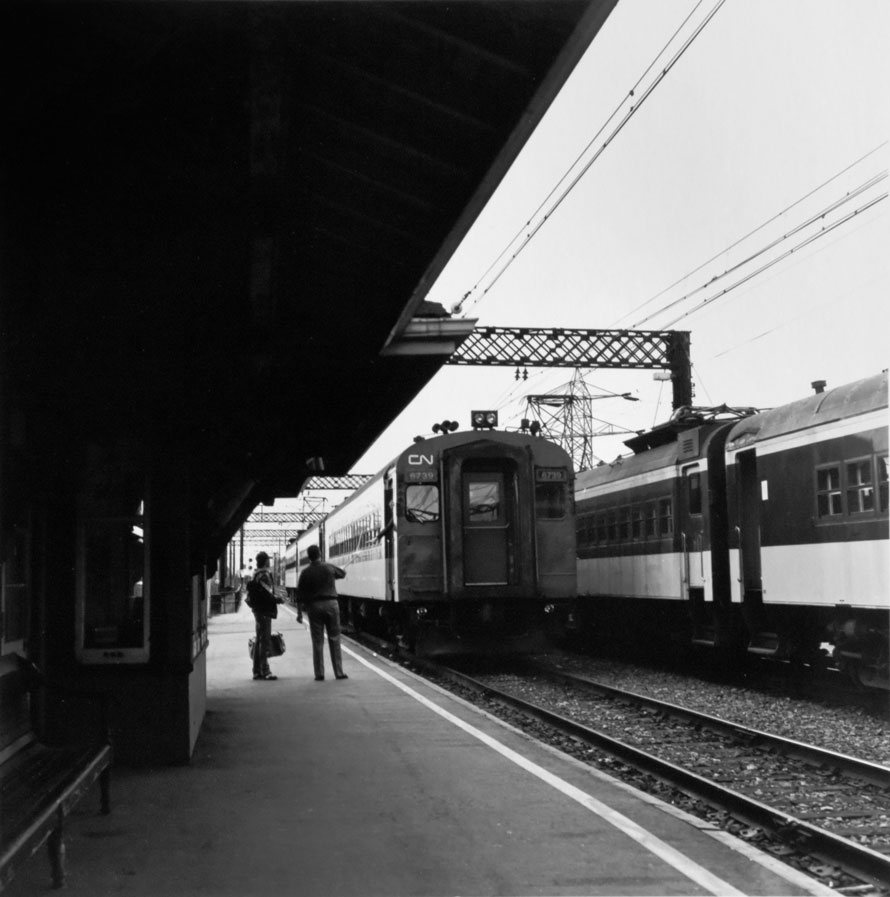
A personal photo project is a journey where the main goal is to shoot intentionally during a given period of time for a certain purpose. A way to motivate shooting more pictures, stretching creativity, and supporting an important cause. It is best committing to subject matter which draws passion, in my case vintage railroads.
One Year
These days I absolutely enjoy photography more than ever. A labor of love. It is my obsession and passion.
Inspired by National Geographic photographer Todd Gipstein’s “X100: 1 Mile, 1 Year, 1 Lens” video, I challenged myself with this similar twelve-month personal photo project. Over a period of one year, I used the Fujifilm X100T camera with integral 35mm equivalent fixed lens exclusively at a one mile portion of a former freight railroad on the streets of Brooklyn, New York City. All the compositions include the abandoned but still intact right-of-way; the objective being a documentary of how the surrounding environment matured around the once-bustling rail line.
Read more


